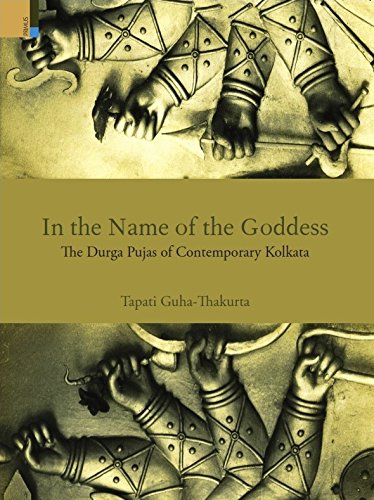
The Section 4 of the AMASR Act is adopted from 1904 Act with some similarities and some differences. Here is Section 3 of the 1904 Act for your reference:
3. Protected monuments.—(1) The 1[Central Government] may, by notification in the Official Gazette, declare an ancient monument to be a protected monument within the meaning of this Act.
(2) A copy of every notification published under sub-section (1) shall be fixed up in a conspicuous place on or near the monument, together with an intimation that any objections to the issue of the notification received by the 1[Central Government] within one month from the date when it is so fixed up will be taken into consideration.
(3) On the expiry of the said period of one month, the 1[Central Government], after considering the objections, if any, shall confirm or withdraw the notification.
(4) A notification published under this section shall, unless and until it is withdrawn, be conclusive evidence of the fact that the monument to which it relates is an ancient monument within the meaning of this Act.
Based on this provision of Section 3 of the 1904 Act, Section 4 of the AMASR Act has been framed. The comparison of both the provisions shows following similarities and differences having an effect of colonial policy in the present statutory provision of AMASR Act:
Both provisions empower the Central Government to declare certain heritage elements as protected or of national importance through a notification in the Official Gazette, followed by affixing a copy at a conspicuous place near the site. They include a period for objections viz., one month in the 1904 Act and two months in the AMASR Act, after which the government considers objections and confirms or withdraws the declaration. Additionally, both stipulate that the final notification serves as conclusive evidence of the monument’s status unless withdrawn, ensuring legal finality and procedural safeguards for declaration processes.[1]
Section 3 of the 1904 Act focuses solely on “ancient monuments,” allowing direct declaration without prior notice of intent, whereas Section 4 of the AMASR Act applies to “ancient monuments or archaeological sites and remains” not covered under Section 3 of the AMASR Act, which deems certain pre-1958 monuments as nationally important, requiring a two-month notice of intention before declaration. The objection period is shorter i.e. one month, in the 1904 Act compared to that of two months in the AMASR Act, and the latter explicitly allows “any person interested” to object, broadening standing beyond the implied scope of the former. Furthermore, the AMASR Act ties national importance to exclusions from Section 3, reflecting a postcolonial refinement, while the 1904 Act operates independently without such linkages.
This chapter of book not only compares but also criticizes the provisions of AMASR Act adopted from 1904 Act. Hence here is short criticism of the Section 4 of AMASR Act. Section 4 of the AMASR Act is incompatible with modern heritage management needs due to its reliance on outdated, top-down governmental discretion[2] without incorporating digital notification methods, stakeholder consultations, or environmental impact assessments mandated by contemporary frameworks like UNESCO’s World Heritage Convention. The two-month objection window, limited to “interested persons,” excludes broader public participation, indigenous voices, or online submissions, perpetuating exclusionary colonial legacies amid demands for inclusive, transparent processes in an era of digital democracy and community-driven conservation. Moreover, it fails to address urgent challenges such as climate resilience, urban encroachment, or adaptive management, lacking provisions for provisional protections during the notice period or integration with sustainable development goals, thus rendering it rigid and insufficient for dynamic, multifaceted heritage threats in the 21st century.
[1] “Public Archaeology and Salvage Archaeology”, V. N. Prabhakar, e-Adhyayan, available at https://ebooks.inflibnet.ac.in/icp07/chapter/public-archaeology-and-salvage-archaeology/#:~:text=The%20first%20major%20and%20comprehensive%20act%20after,elaborated%20the%20Ancient%20Monuments%20Preservation%20Act%201904., last visited on Dt. 23.07.2025
[2] “A heritage law left homeowners at ASI’s mercy. Now, Modi govt plans to ease it”, Krishna Murari, ThePrint, Dt. 22.07.2025, available at https://theprint.in/ground-reports/a-heritage-law-left-homeowners-at-asis-mercy-now-modi-govt-plans-to-ease-it/2697741/, Last visited on Dt. 23.07.2025



